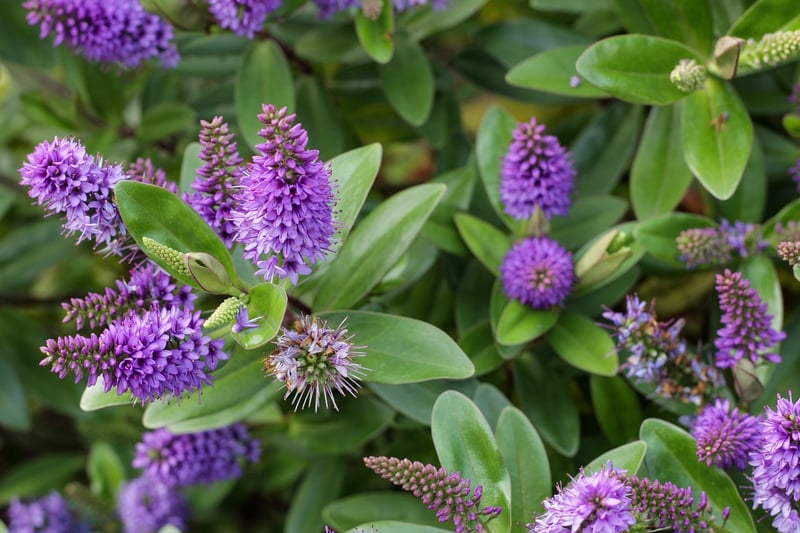Shared Gardens
Connecting with Fellow Gardeners: The Joy of Shared Gardens
Are you a passionate gardener looking to connect with like-minded individuals and cultivate a sense of community around your love for plants and green spaces? Shared gardens might just be the perfect solution for you. In this article, we explore the benefits of shared gardens and how they can help you not only grow beautiful plants but also grow friendships and a sense of belonging.
What are Shared Gardens?
Shared gardens, also known as community gardens or communal gardens, are spaces where individuals come together to collectively cultivate and maintain a garden. These gardens can be located in various settings, such as urban neighborhoods, apartment complexes, schools, or public parks. Participants share responsibilities for planting, watering, weeding, and harvesting, creating a collaborative and inclusive gardening experience.
The Benefits of Shared Gardens
Participating in a shared garden offers a wide range of benefits, including:
- Community Building: Shared gardens provide a platform for people to connect, share knowledge, and work together towards a common goal.
- Learning Opportunities: Whether you are a seasoned gardener or a beginner, shared gardens offer a space to learn from others, exchange tips, and gain new skills.
- Access to Resources: By pooling resources such as tools, seeds, and knowledge, participants can create a more productive and diverse garden.
- Health and Wellness: Gardening is known to have therapeutic benefits, and shared gardens offer a space for relaxation, physical activity, and stress relief.
- Environmental Impact: By promoting sustainable gardening practices and biodiversity, shared gardens contribute to a healthier environment and a greener community.
Getting Involved in a Shared Garden
If you are interested in joining or starting a shared garden in your area, here are a few steps to get you started:
- Research: Look for existing shared gardens in your community or consider starting one with friends, neighbors, or local organizations.
- Plan: Determine the goals, guidelines, and responsibilities of the shared garden, including decision-making processes and maintenance schedules.
- Collaborate: Reach out to potential participants, share your vision for the shared garden, and encourage others to get involved.
- Get Growing: Start planting together, enjoying the process of nurturing plants, and watching your shared garden flourish.
Joining a shared garden is not just about growing plants; it's about growing connections and creating a sense of belonging within a community of fellow gardeners. So, if you're looking to share your passion for gardening and cultivate meaningful relationships, consider getting involved in a shared garden near you.
Happy gardening!

For more information on shared gardens and gardening tips, visit CommunityGardens.org.
